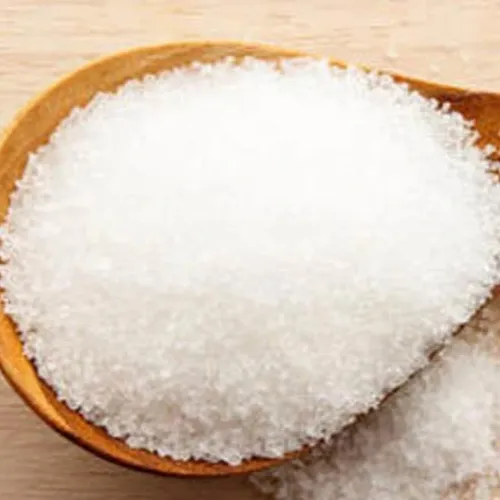 Email: sale@hebeidisha.com
Email: sale@hebeidisha.com
 Tel: +86 13315186550
Tel: +86 13315186550
- Afrikaans
- Albanian
- Amharic
- Arabic
- Armenian
- Azerbaijani
- Basque
- Belarusian
- Bengali
- Bosnian
- Bulgarian
- Catalan
- Cebuano
- China
- China (Taiwan)
- Corsican
- Croatian
- Czech
- Danish
- Dutch
- English
- Esperanto
- Estonian
- Finnish
- French
- Frisian
- Galician
- Georgian
- German
- Greek
- Gujarati
- Haitian Creole
- hausa
- hawaiian
- Hebrew
- Hindi
- Miao
- Hungarian
- Icelandic
- igbo
- Indonesian
- irish
- Italian
- Japanese
- Javanese
- Kannada
- kazakh
- Khmer
- Rwandese
- Korean
- Kurdish
- Kyrgyz
- Lao
- Latin
- Latvian
- Lithuanian
- Luxembourgish
- Macedonian
- Malgashi
- Malay
- Malayalam
- Maltese
- Maori
- Marathi
- Mongolian
- Myanmar
- Nepali
- Norwegian
- Norwegian
- Occitan
- Pashto
- Persian
- Polish
- Portuguese
- Punjabi
- Romanian
- Russian
- Samoan
- Scottish Gaelic
- Serbian
- Sesotho
- Shona
- Sindhi
- Sinhala
- Slovak
- Slovenian
- Somali
- Spanish
- Sundanese
- Swahili
- Swedish
- Tagalog
- Tajik
- Tamil
- Tatar
- Telugu
- Thai
- Turkish
- Turkmen
- Ukrainian
- Urdu
- Uighur
- Uzbek
- Vietnamese
- Welsh
- Bantu
- Yiddish
- Yoruba
- Zulu
Nov . 02, 2024 03:15 Back to list
'xanthan gum application in oil drilling for enhanced fluid ...'
Xanthan Gum Application in Oil Drilling for Enhanced Fluid Performance
In recent years, the oil drilling industry has seen significant advancements in fluid technologies aimed at improving overall operational efficiency and effectiveness. Among these technological innovations, xanthan gum has emerged as a vital additive, playing a crucial role in enhancing the properties of drilling fluids. Derived from the fermentation of glucose or sucrose by the bacterium *Xanthomonas campestris*, xanthan gum is a polysaccharide that possesses unique thickening and stabilizing properties, making it an ideal candidate for various applications in oil drilling.
Xanthan gum serves multiple purposes within drilling fluids, chiefly as a viscosifying agent. The primary function of drilling fluid, often referred to as drilling mud, is to lubricate the drill bit, control formation pressure, and carry rock cuttings to the surface. The viscosity of the fluid is critical in maintaining the balance between hydrostatic pressure and formation pressure, particularly when drilling in complex geological formations. By incorporating xanthan gum, drilling engineers can optimize the viscosity and shear-thinning behavior of the fluid, ensuring it remains sufficiently thick to suspend cuttings during the static phase, while easily flowing during the dynamic phase of drilling.
One of the standout features of xanthan gum is its ability to function effectively under varying temperature and salinity conditions, which are common in oil drilling operations. When drilling through complex geological formations, the drilling fluid must maintain its properties despite changes in temperature and the presence of salts. Xanthan gum exhibits remarkable stability and performance, making it suitable for use in high-temperature and high-salinity environments.
'xanthan gum application in oil drilling for enhanced fluid ...'

Moreover, xanthan gum contributes to reducing fluid loss, a critical parameter in drilling operations. Fluid loss occurs when drilling fluid seeps into the porous formation, leading to a reduction in hydrostatic pressure and potentially causing well control issues. The incorporation of xanthan gum can mitigate this issue by forming a filter cake on the rock surface, which acts as a barrier that reduces the migration of fluid into the formation. This not only helps maintain wellbore stability but also minimizes the risk of formation damage, allowing for more efficient drilling.
In addition to its role in maintaining viscosity and reducing fluid loss, xanthan gum enhances the overall environmental performance of drilling operations. As regulations around the environmental impact of drilling practices become increasingly stringent, the oil and gas industry is pushed toward adopting more sustainable practices. Xanthan gum is biodegradable and can be regarded as an eco-friendly alternative to traditional synthetic additives, making it a strategic choice for companies aiming to improve their environmental footprint.
Furthermore, the economic advantages of using xanthan gum should not be overlooked. While the initial cost of xanthan gum may be higher than traditional additives, its effectiveness in enhancing fluid performance leads to reduced drilling time and costs associated with wellbore stability. The subsequent savings can offset the additional investment in this advanced polysaccharide.
In conclusion, xanthan gum has revolutionized fluid management within the oil drilling industry. Its unique properties contribute to optimizing viscosity, minimizing fluid loss, and promoting environmental sustainability. As the industry continues to evolve, the application of xanthan gum is likely to expand, leading to enhanced drilling performance and economic efficiency in oil exploration and production. With these advantages, xanthan gum stands out as a key player in the modern drilling landscape, showcasing the intersection of innovation and practicality in resource extraction.
Latest news
-
Certifications for Vegetarian and Xanthan Gum Vegetarian
NewsJun.17,2025
-
Sustainability Trends Reshaping the SLES N70 Market
NewsJun.17,2025
-
Propylene Glycol Use in Vaccines: Balancing Function and Perception
NewsJun.17,2025
-
Petroleum Jelly in Skincare: Balancing Benefits and Backlash
NewsJun.17,2025
-
Energy Price Volatility and Ripple Effect on Caprolactam Markets
NewsJun.17,2025
-
Spectroscopic Techniques for Adipic Acid Molecular Weight
NewsJun.17,2025